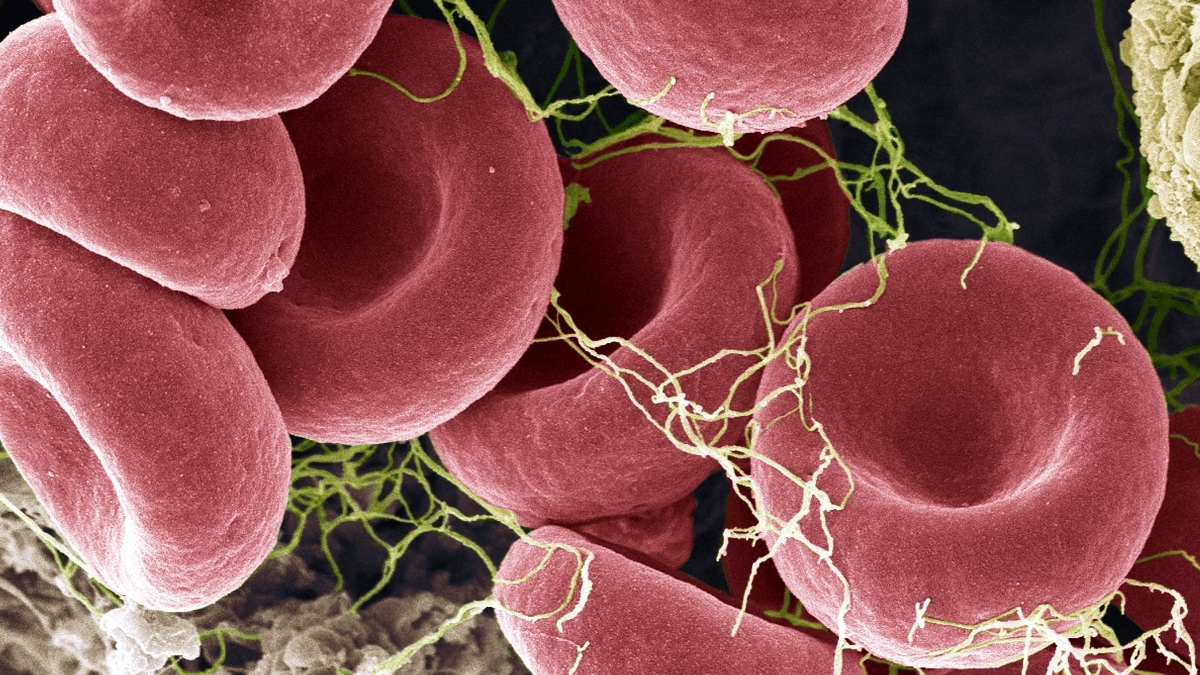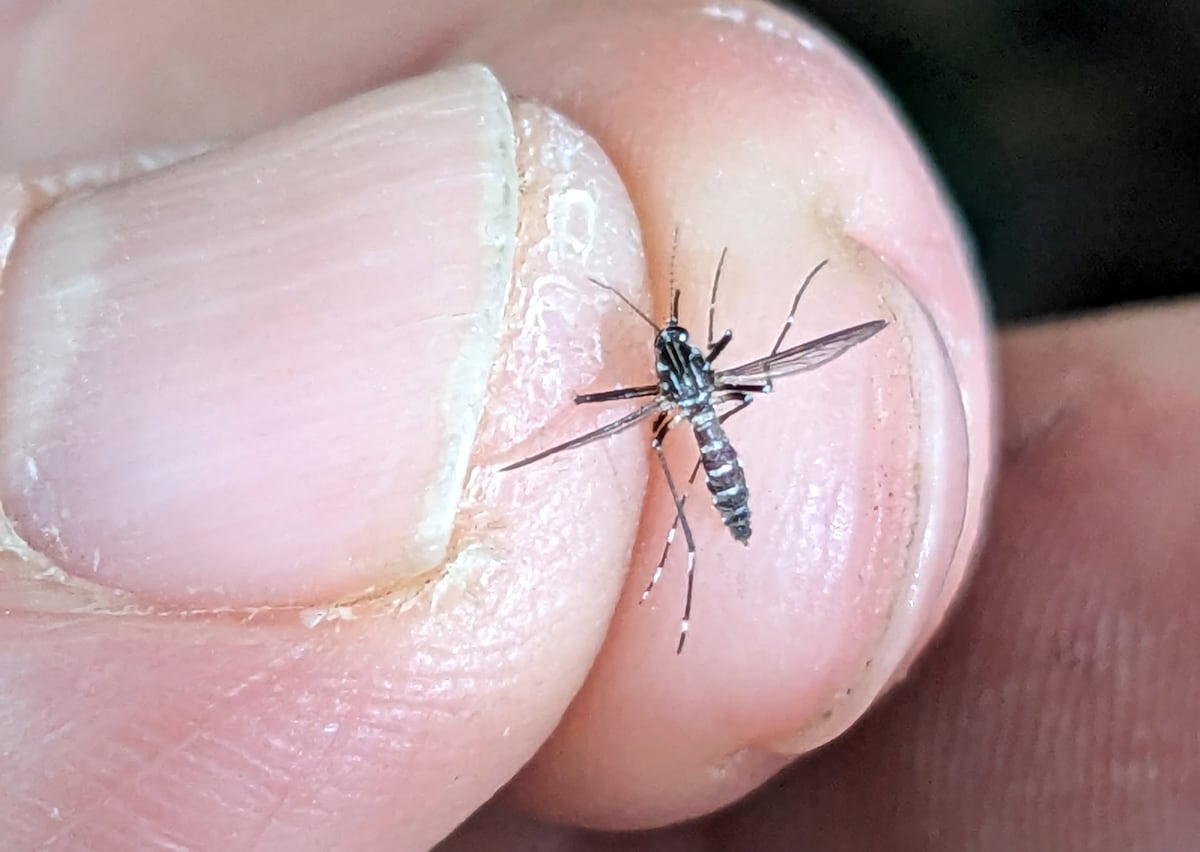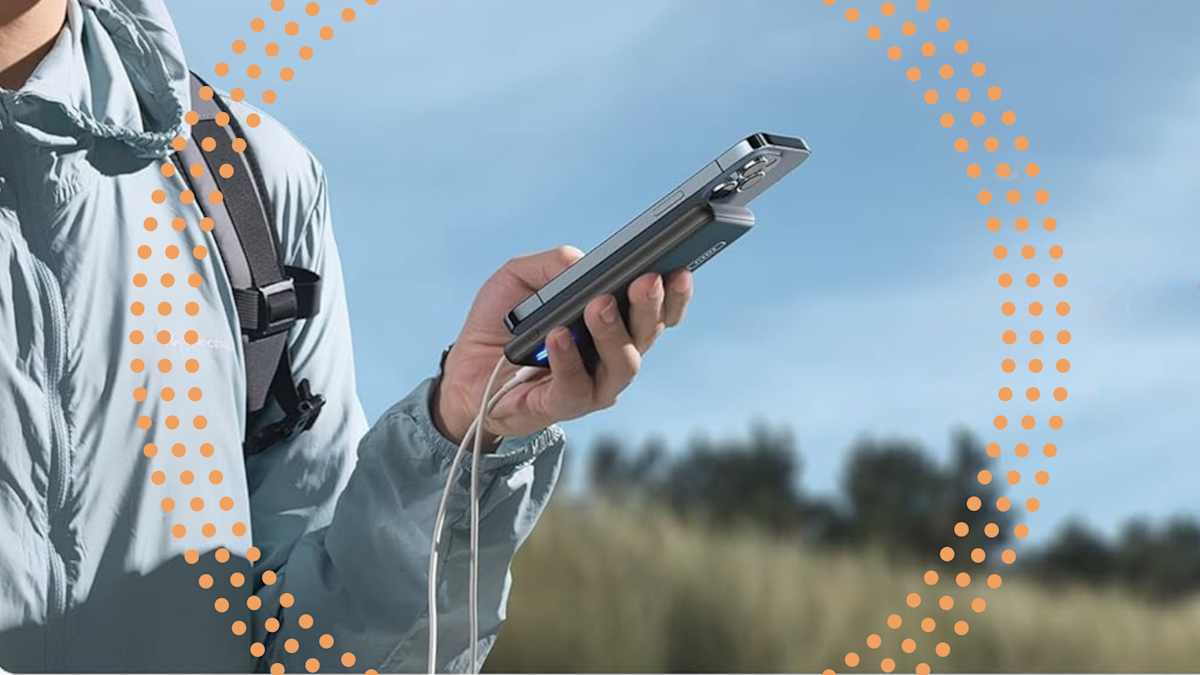Here’s why health officials are worried and what they are doing about the problem
(Southwest Mosquito Abatement District) An Aedes aegypti mosquito.
St. George • A potentially deadly invasive species is making a home in southern Utah’s most populous county, and they are out for blood.
Meet the Aedes aegypti mosquito, which infests urban and residential areas, feeds primarily on humans and is a known spreader of dengue, chikungunya, West Nile virus, yellow fever, Zika and other deadly diseases.
That said, exterminators are not exactly rolling out the welcome wagon for the mosquitoes plaguing many Washington County neighborhoods. And the chemical greeting they are extending to the bloodsuckers is more lethal than convivial.
David Heaton, spokesperson for the Southwest Utah Public Health Department, said the inhospitable welcome is necessary because mosquitoes are known to carry a legion of tropical diseases. Fortunately, he added, there are no known human cases of such ailments in Washington County this year, though one pool of Aedes aegypti tested positive for West Nile.
“We don’t have any of those diseases for these mosquitoes to spread, and hopefully none will be imported into [the area],” Heaton said. “But there is always that potential.”
Aedes aegypti mosquitoes have cropped up in Santa Clara, St. George, Washington City, Hurricane and Springdale neighborhoods over the past few weeks after several storms dumped monsoonal moisture on the drought-prone area.
While the water has been welcomed, the mosquitoes are not. Neither are the large red welts that residents who have been bitten by the bugs sport on their wrists, ankles and other thin-skinned areas.
“I’ve heard some people with the bites have gone to the hospital to find out what is going on,” said Sean Amodt, manager of the Southwest Mosquito Abatement District. “They didn’t know what was causing it or how to deal with it.”
Stealth flyers
Frequently mislabeled as “no-see-ums,” the pests tend to fly low and evade human detection, according to Amodt. He said people often don’t know they have been bitten until the welts and bruises emerge.
In recent weeks, district abatement teams have responded to 40 requests from people pleading with them to exterminate the mosquitoes infesting their yards.
“The statement we constantly hear from them is, ‘Help, we are getting eaten alive,’” Amodt said.
Killing the mosquitoes is easier than finding them. Often, abatement workers who respond to a complaint will have to comb an entire neighborhood to find the source of the infestation. To alert residents in an infested area about the problem, Amodt’s workers pass out public health pamphlets, directing them to remove clutter and standing water in their yards.
Aedes aegypti mosquitoes were first detected and summarily dispatched in Washington County in 2013, in the Harrisburg area near Leeds, according to the district manager. Seven years later, they resurfaced in a St. George yard, and they have been showing up in more neighborhoods and in greater numbers over the past few years.
Amodt said the mosquitoes, which are identifiable by the lyre-like mark on their upper thorax and black and white bandings on their legs, are believed to have infiltrated the area from the larvae in the potting soils and mulch from infected areas that are sold at local hardware and other stores.
Often labeled urban mosquitoes, he explained, their larvae are typically found in birdbaths, plant pots, tires, under rocks in decorative ponds, even bottle caps — all places where water can accumulate. Adult females typically lay eggs on the side of containers, where they hatch once the water level rises. The life cycle for the mosquitoes ranges from two to four weeks.
In that time, though, the adult females — the ones that do the biting — can wreak havoc. For starters, they bite during the day rather than just in the morning or evenings. And they are voracious.
“Adult females can bite someone up to twelve times for one blood meal, which is used to secure the protein needed to develop their eggs,” Amodt said.
Abatement crews use spray or foggers to rid areas of adult mosquitoes. They also dump out water pooled in containers and treat water where larva is found. Despite their best efforts, abatement officials concede, Aedes aegypti mosquitoes’ range has expanded to Washington County–at least from May through November.
County residents who need relief from the pests can call 435-627-0076 or fill out a service request on the district’s website.
First Appeared on
Source link












